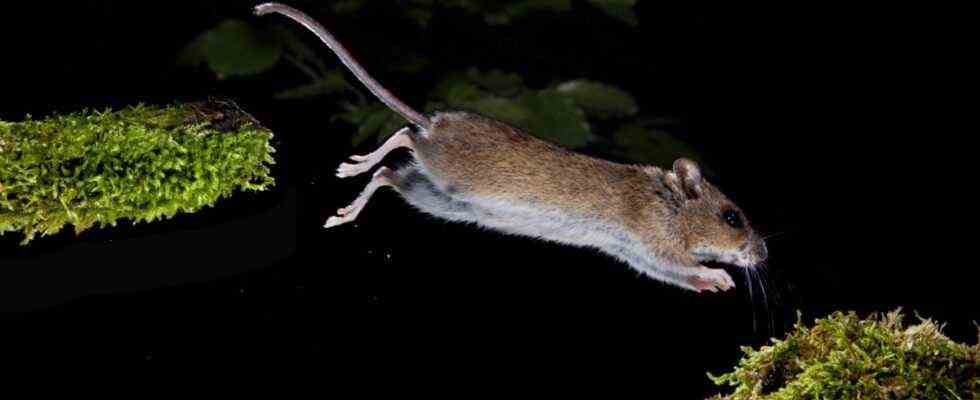Show me your ears and I’ll tell you where you live. More precisely: which climatic conditions prevail in your home country. Because there is a principle known among biologists as Allen’s rule. According to this, animals in warmer areas have large body parts such as ears or beaks more often than their relatives in cooler locations. Arctic and desert foxes are an example. In the former, the small ears barely protrude from the thick fur, while the auricles of the desert fox are disproportionately lush compared to its overall size.
However, Allen’s rule applies not only to differences in different habitats, but also when temperatures in one place change as a result of climate change. Some animal species have apparently got larger ears or longer legs and beaks in the past few decades. A team led by Sara Ryding from Deakin University in Australia writes that this cannot be traced back to climate change with absolute certainty, but it is very plausible in the trade magazine Trends in Ecology and Evolution.
The wings of some bats have also grown
There is corresponding data, especially on birds. The beaks of several Australian parrot species have increased by four to ten percent since 1871, the authors write. These changes correlated with the respective summer temperatures. The longer tails of the wood mouse and the American masked shrew can also be traced back to climate change. In the latter, the legs have also become longer. The wings of some bats have also grown – probably also because of climate change. “The increases in size that we have seen so far are quite small and are therefore often not immediately noticeable,” says first author Ryding. “But prominent body processes such as ears will also enlarge. So in the not too distant future we could end up with a kind of living Dumbo.”
Large, well-perfused body processes such as ears, beaks or legs facilitate the temperature regulation of the organism in warm regions. The blood transports the heat to the outside and can use a large area for this. Another rule of thumb, which describes the ratio of total body size to the climatic zone, is based on a similar principle. According to what is known as Bergmann’s rule, animals in cooler regions grow larger than their relatives in warmer regions. Larger bodies have a smaller surface area in relation to their volume through which heat can be lost. In a warm climate, on the other hand, exactly this temperature compensation is desired. The consequences of this rule can be seen in the large emperor penguin, which lives at the cold South Pole, and its relative, the smaller Humboldt penguin on the warmer Galapagos Islands.
However, Ryding warns against considering climate change as a threat to many species in light of the adaptations. For one thing, not all species are so flexible by a long way. It is impossible to predict which species can react to climate change with morphological changes and which cannot. On the other hand, even those species that are already showing changes have only limited adaptive abilities. “We also don’t know what other ecological consequences these changes have,” says the biologist. For example, an enlarged beak could limit a bird’s ability to get food. Then the animal may be less warm, but it is hungry – in the long term, that would probably not be a good trade.

